Subscribe for more updates!
Stay updated with our latest design insights by entering your email below.
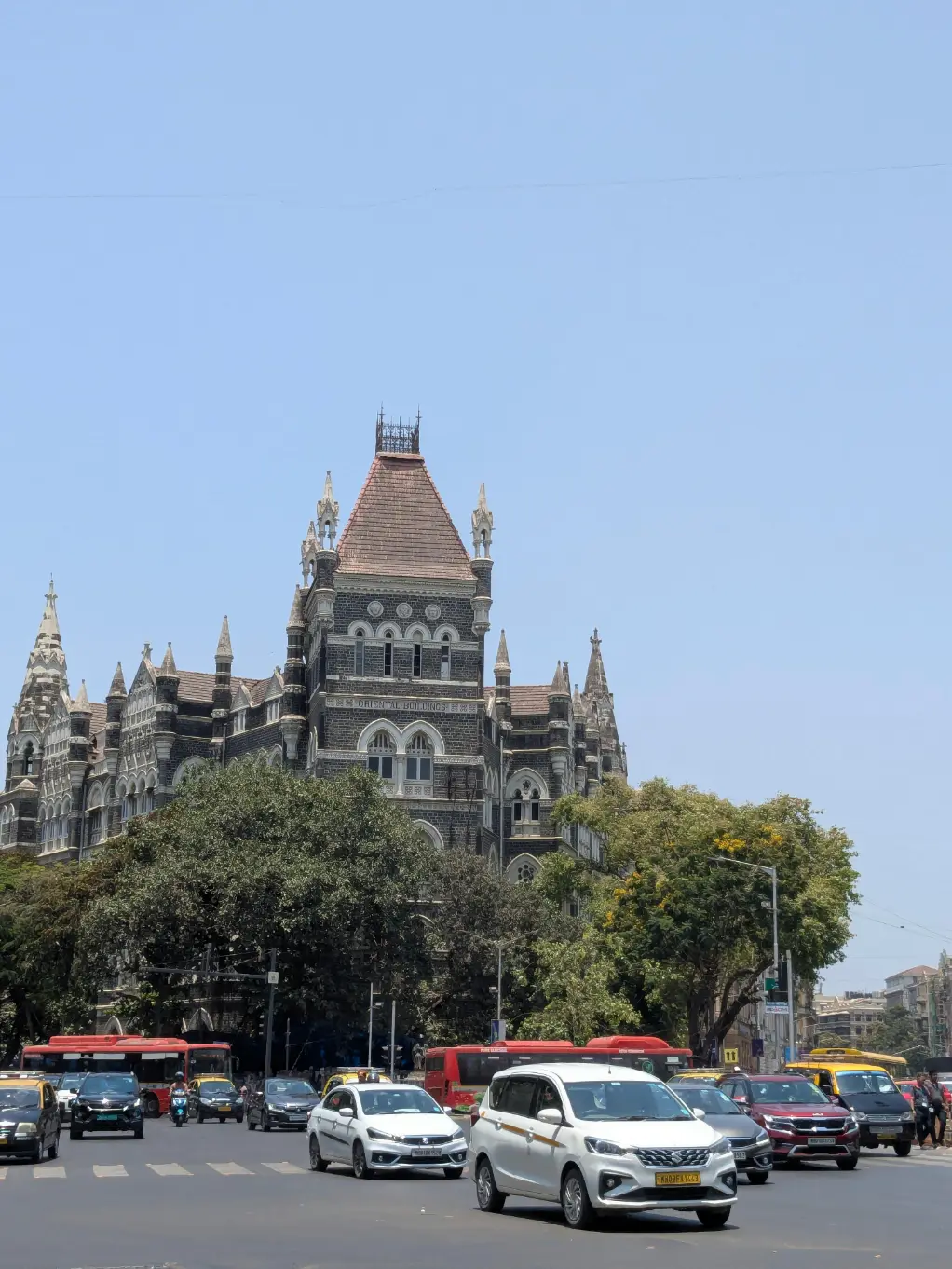
There's no more genuine way to experience Mumbai than through the city's colorful and exciting street food scene. The colors, intoxicating aromas, and endless variety present a sensory extravaganza unique to the exuberant city of Mumbai. For traveling food geeks, street food tours present a unique opportunity to try iconic foods and understand the spirit and meaning of India in its food. Still, questions about food/health safety crop up in the minds of travelers who are new to India's street food scene. Fortunately, with planning and with the help of knowledgeable local hosts, indulging in Mumbai's delicious food can be exciting and deliciously safe.
Every newcomer to the streets of Mumbai, with its rich street food culture, is faced with mixed feelings of excitement and uncertainty. The frenetic pace of big markets and crowded streets, along with the intoxicating aromas from food stalls, can be intimidating at first. Entering the street food space with the relative safety and comfort of a tour provides some assurance that this colorful maze will translate into an experience that can be highly rewarding. Experienced tour guides greet travelers with open arms, respect their dietary variations, relax them, and steer them toward selected food vendors who have an efficient and effective process to draw food that is prepared with fresh ingredients in clean environments. Every bite is as delicious as it is safe.
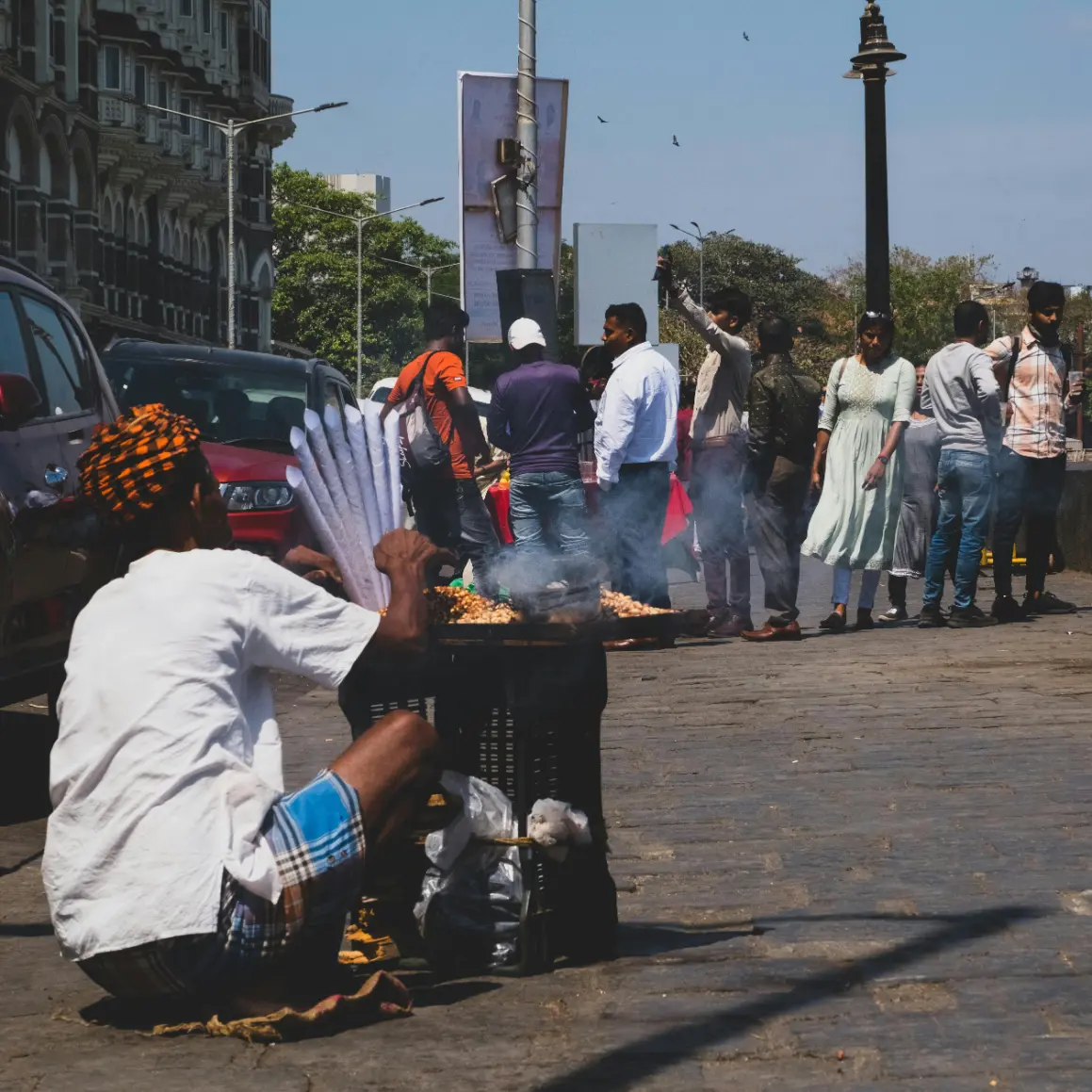
In an instant, the experience transforms from trepidation into delightful self-confidence. Tour guides do not simply shuttle from stall to stall; they provide background context of each dish while developing a narrative about the history of Mumbai through the food. This avenue to connect local and culinary traditions through shared stories enriches the experience and leaves guests with the feeling of being special guests to an ongoing treasured tradition rather than merely spectators.
Like many large cities, Mumbai has historically faced challenges with street food safety. However, in the last few years, there have been significant improvements as a result of a city-wide initiative that trained food vendors in safe food handling practices, as well as food safety legislation. Thousands of street food vendors have been trained formally in hygiene practices, food handling practices, and safe use of water.
Visitors can take responsibility for their own safety by following a few simple food and safety guidelines, that culinary experts and tour guides suggest. Freshness can be determined by purchasing food only from busy food vendors, high turnover minimizes the risk of stale ingredients or improper storage. Eating hot, prepared food provides a kill step for bacteria, using the heat generated to cook food. It is also recommended that salads from raw food and fresh cut fruit not be eaten spouted from untreated tap water. Fried snacks, grilled or roasted items, and steamed made to order, are the best options.
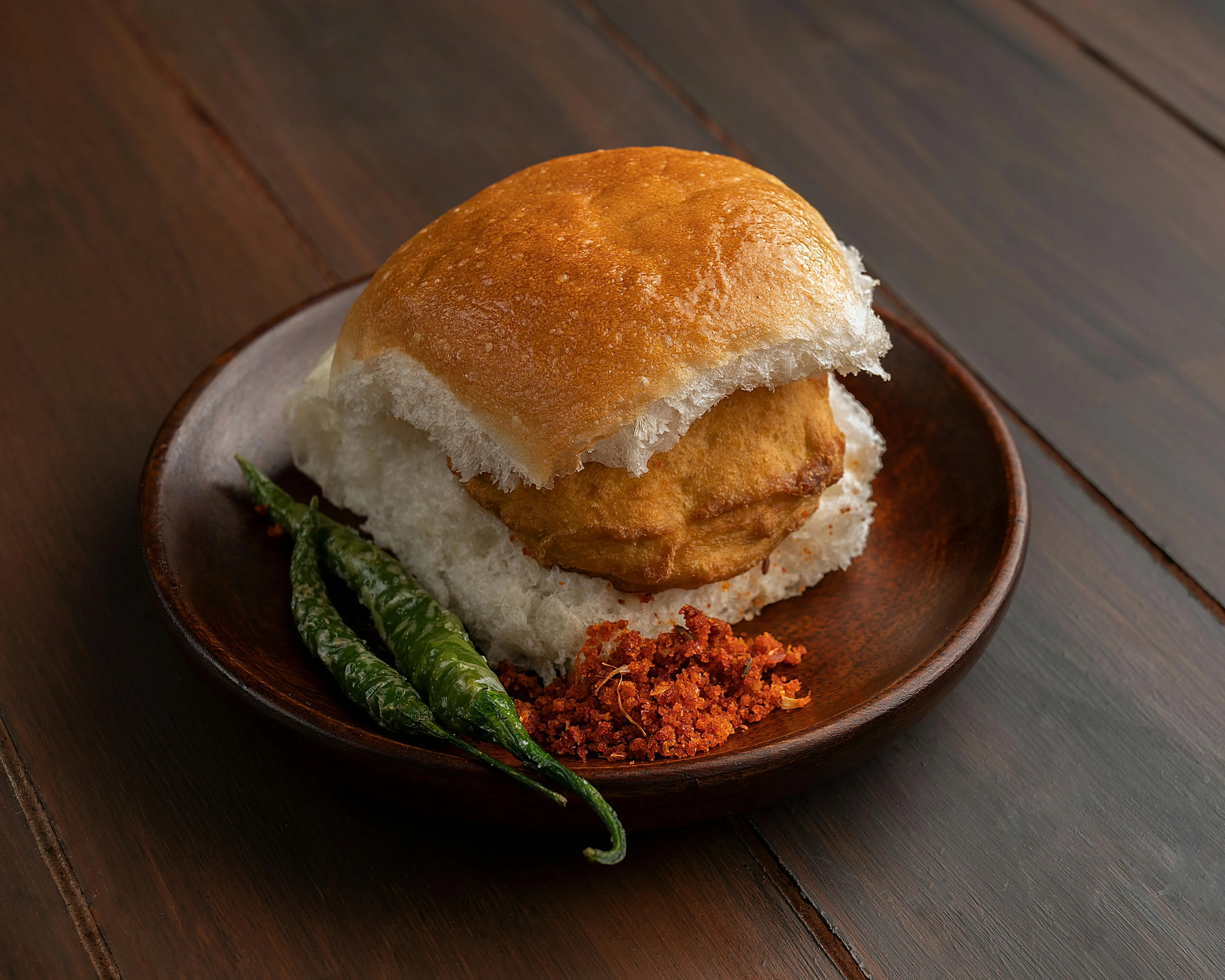
The cleanliness of hands is another essential aspect of safe eating. It is strongly advised to carry and use hand sanitizer before eating, especially in the context of street food. Also, drinking bottled water or coconut water from a sealed container is a key safety practice, since tap water and the ice used in drinks can be contaminated.
Guides help guests keep track of their individual dietary needs, for example suggesting milder options for sensitive stomachs or avoiding ingredients that a guest might be allergic to. The personal attention increases guest comfort, enabling guests to enjoy the street food of Mumbai without any concern or apprehension.
Mumbai's food culture is rich in history and cultural significance. These tales are rich flavors from the diverse communities of the city and are based upon their migrations and tastes. A guided tour can take visitors on a culinary journey of flavors and stories.
Just imagine hearing to how vada pav earned the moniker "the Mumbai burger," to appease hungry workers looking for a quick bite of nutrition in between work shifts. The same goes for pav bhaji, which started as a lunch option for workers, and now represents comfort food for so many. Or, while eating pani puri, the fun dilemma of crunch and spice cannot be contained when the friendly eating competition, which is part of local history, is told to tourists by tour guides. Desserts such as jalebi and kulfi are just not sweet treat items but rare moments, that only are available through life celebrations.
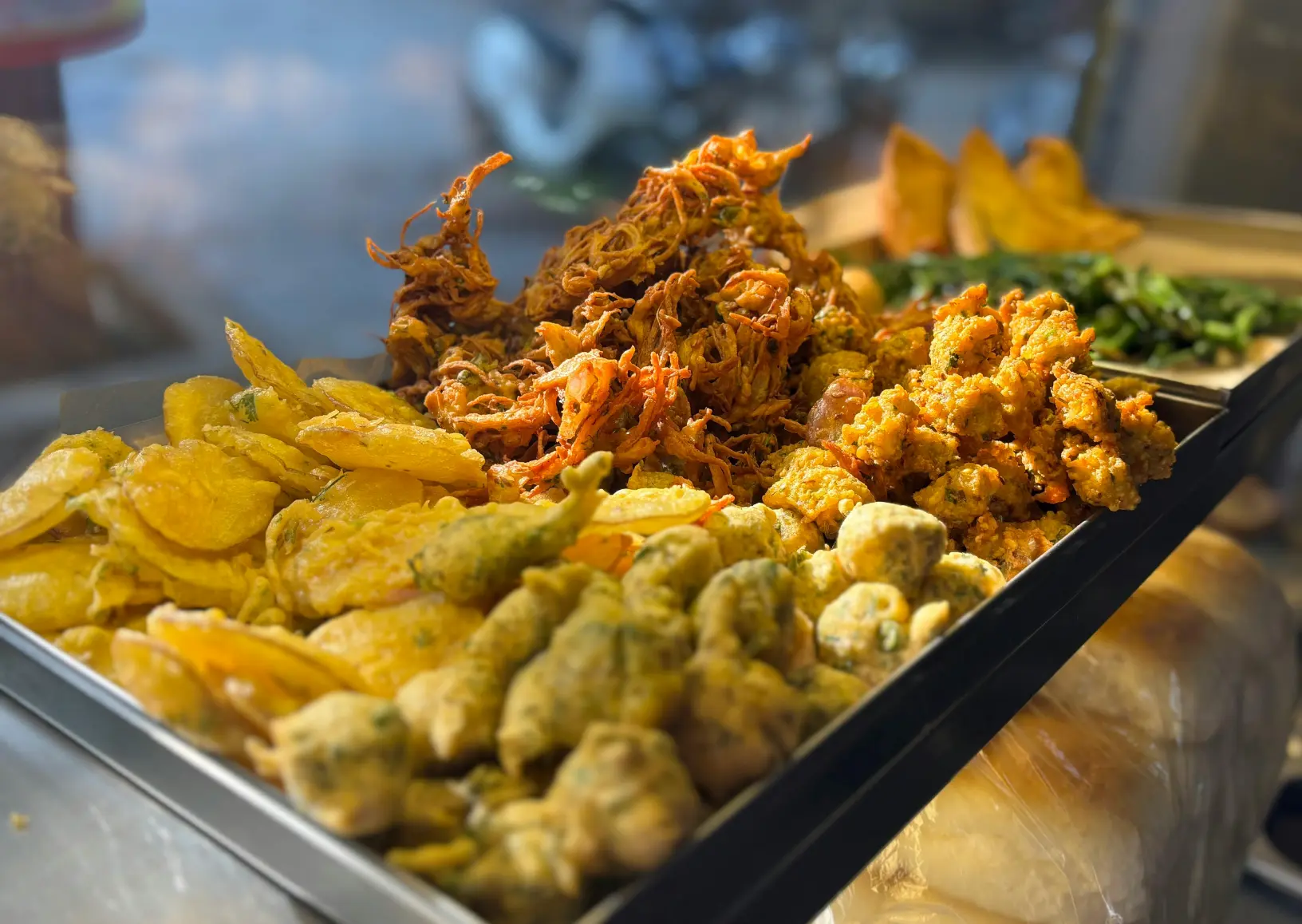
This cultural narrative, in combination with friendly and warm conversation with the vendor adds cultural meaning behind every bite. Visitors become part of a cultural legacy represented through the food, which provide cultures a moment to connect and to make memories that outlast the meal.
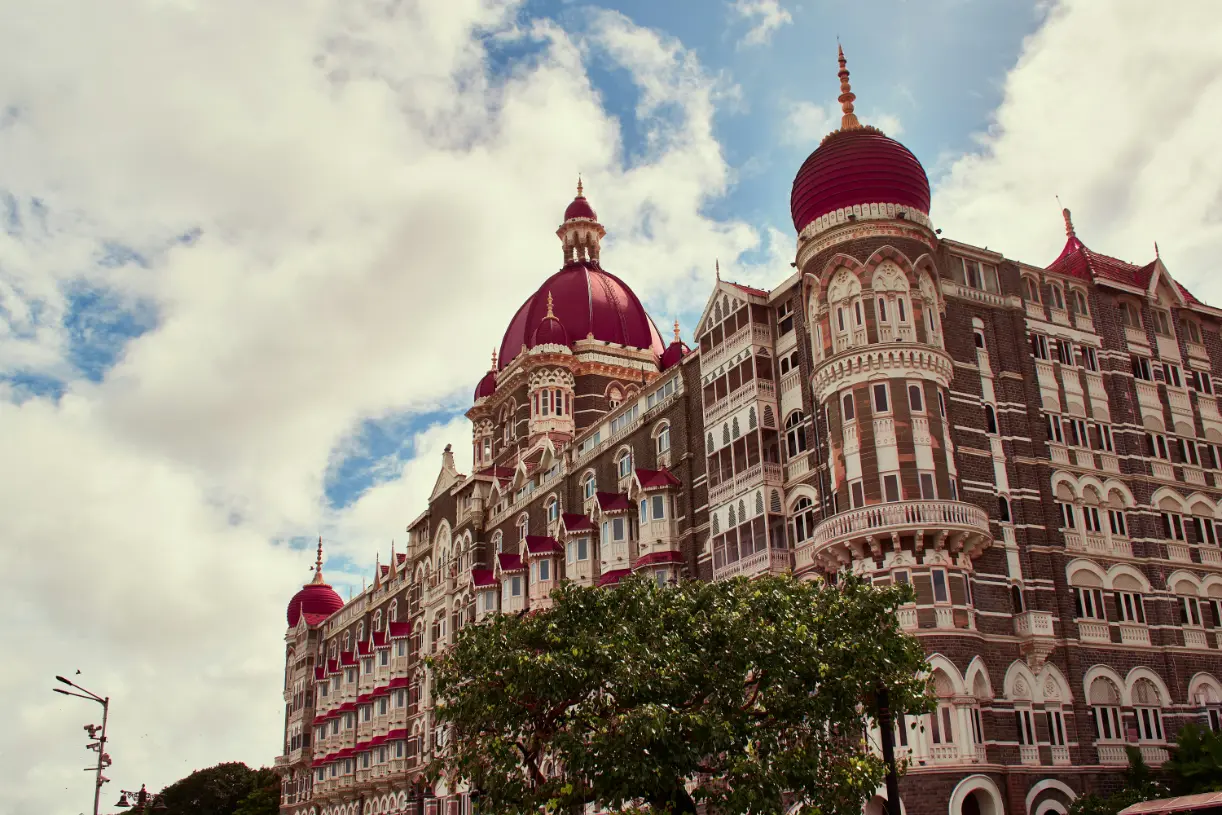
For travelers who want an experience that can complement the true essence of authenticity with some luxury, you cannot get better service than luxury street food tours in Mumbai. These higher-end experiences blend street food adventures with chic touches, including a private driver, personal tastings at iconic stalls, and pre-arranged chef entries for meals on rooftops.
Usually, luxury tours also allow for a slower pace. This can allow for plenty of additional talking with chefs and street food vendors, with stunning views of the city. The foods tasted are often determined by quality while also being unique--like kebabs that are made with recipes passed down from grandmothers, or mixtures of spices needed to enhance a single unique food.
Of course, luxury tours balance the authentic experience, with comfort. Air-conditioned transportation, assured seating, and individual attention to allow guests to experience Mumbai street food at ease. This is suited for the more sophisticated foodie who wants a rich cultural experience, without the luxury of sacrificing relaxation and comfort.
A street food tour in Mumbai presents an amazing variety of foods; however, some specific foods tend to be beloved for outstanding taste and warmth from either visitors or locals:
1. Vada Pav: A fried and spiced mashed potato fritter, often described as the snack of Mumbai, inside a bun with chutneys.
2. Pani Puri: Hollow, fried, crispy balls full of tamarind water, spicy water and chick peas - a fun food to eat that brings anticipation with every bite.
3. Pav Bhaji: Mashed vegetables with butter and tasty spices in a increasingly popular dish served with toast.
4, Bombay Sandwich: A veggie sandwich stacked with boiled potatoes, various fresh veggies and especially flavored chutneys.
5. Grilled Kebabs: Marinated meat pieces on open flames, especially favored in some Muslim colonies.
6. Kulfi and Jalebi: Traditional creamy ice cream and fried sweets soaked in syrup, both delicious and cooling off during the hot and taking care of the need for something sweet.
Every dish has its own meaning and taste, unique to the streets of Mumbai and welcomes all to taste the complete palette of flavors from the rich composition of the city.

1. Drink bottled water or newly opened coconut water (this helps keep hydrated).
2. Keep hand sanitizer on hand and apply it regularly, especially before eating.
3. Experience small bites at several stops to appreciate diverse tastes without overindulging.
4, Don't be afraid to ask the guides for adjustments on the spice levels or different ingredients.
5. Wear comfortable walking shoes and be prepared to walk some lively street neighborhoods.
Let the guides do their job and take you safely through the program, which lets you experience stories and people to your fullest.
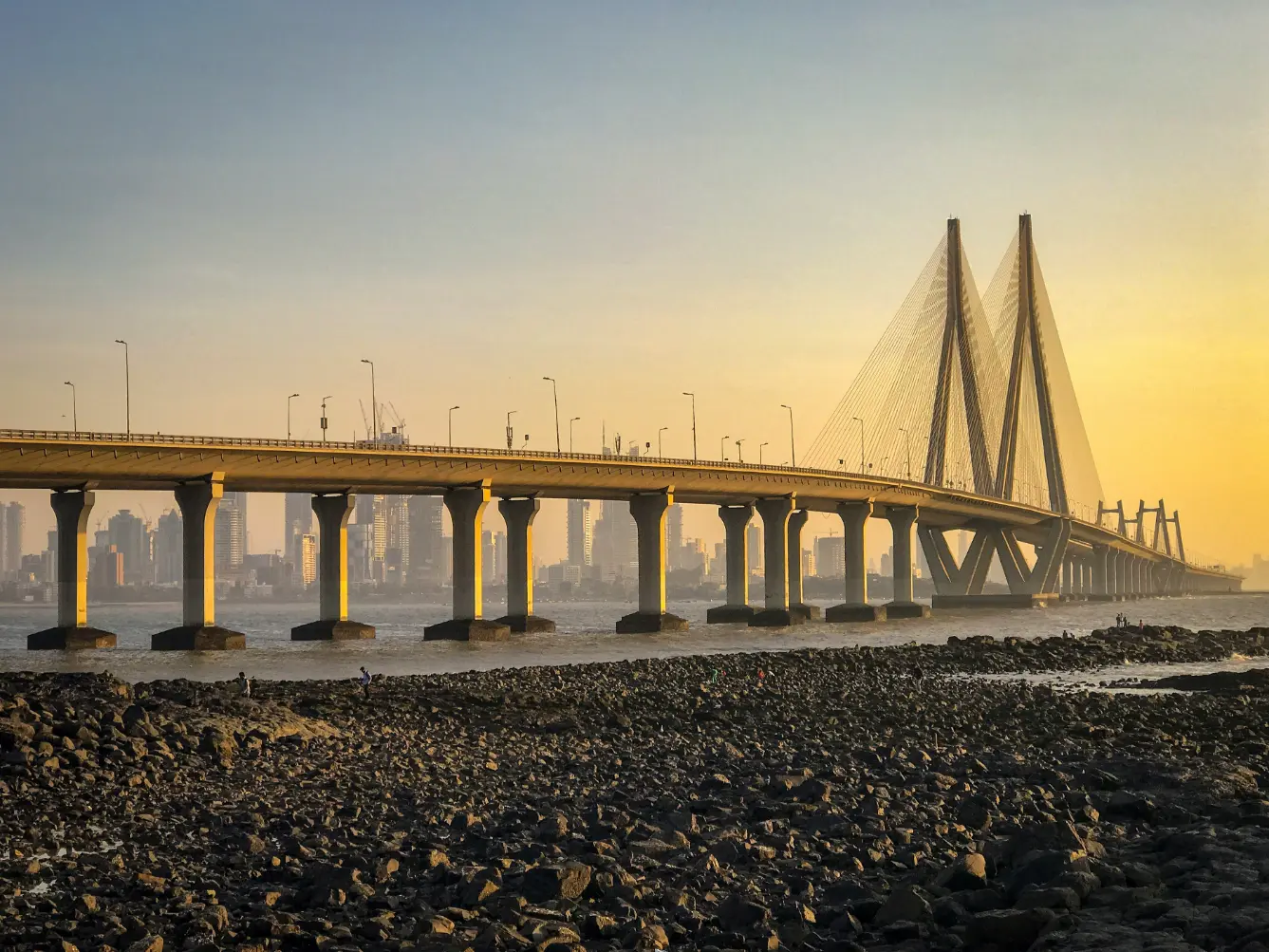
Mumbai street food tours teach participants more than just food. They reveal a world of human connection, living culture, and joyous surprise. With vetted street food vendors and experts, tourists get genuine experiences in culinary safety that is rooted in culture.
CURATED TOP DESTINATIONS